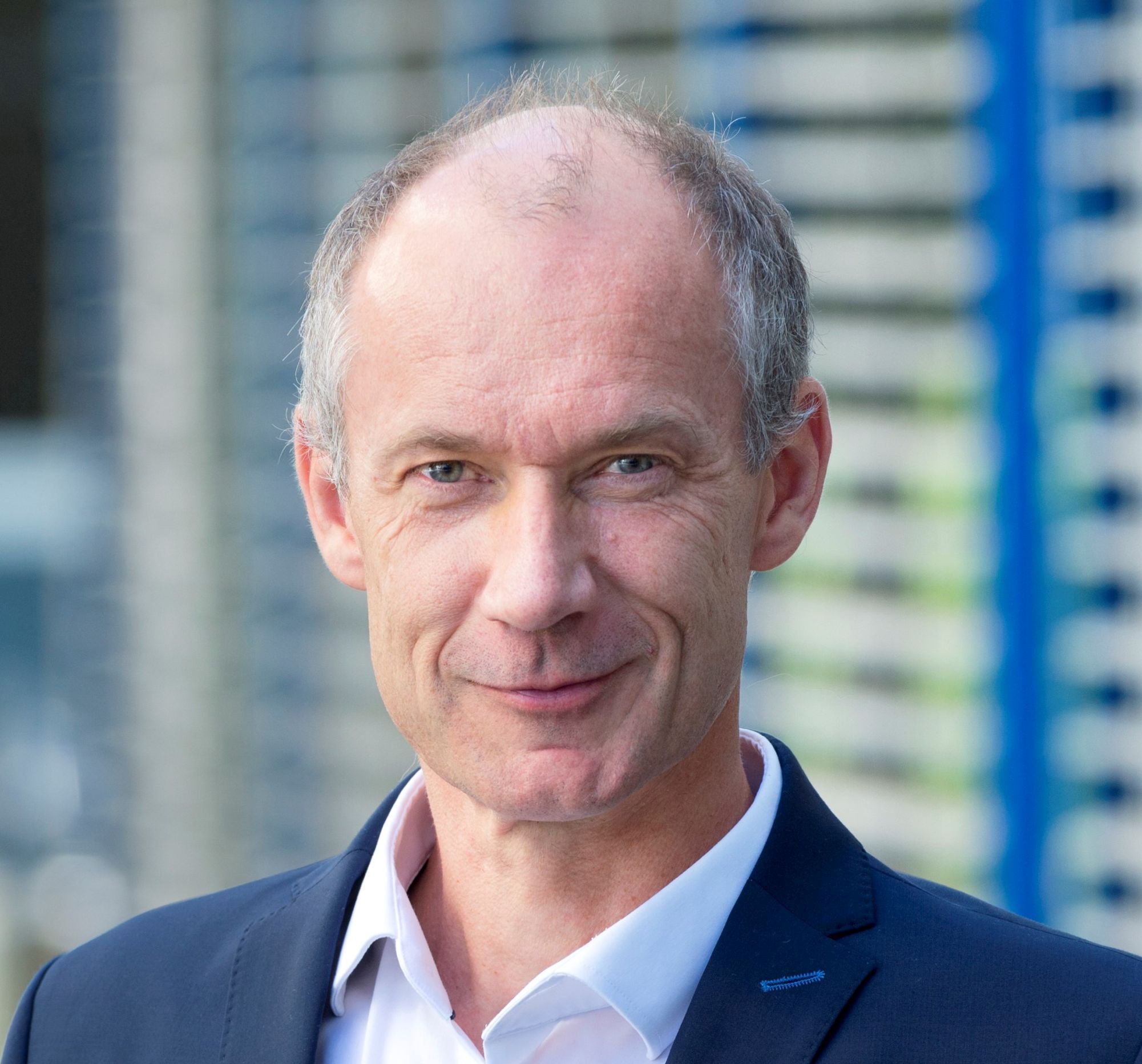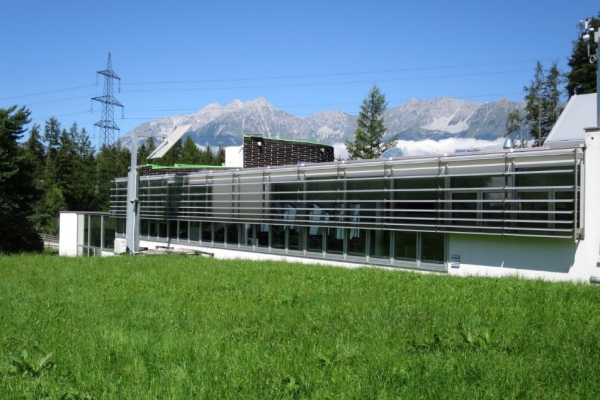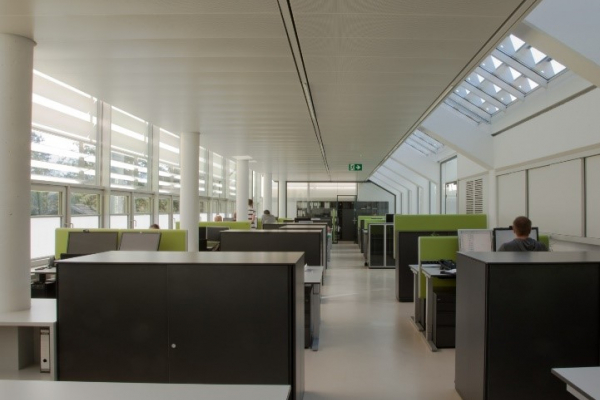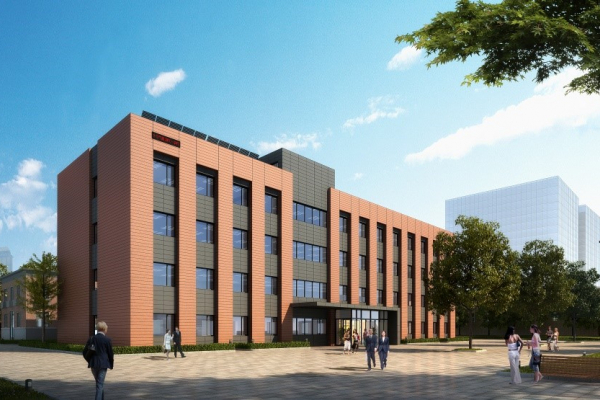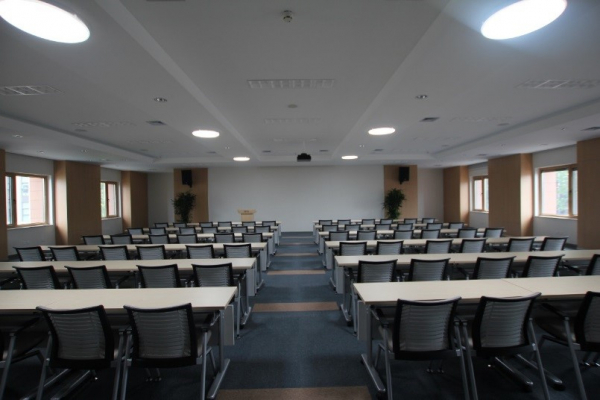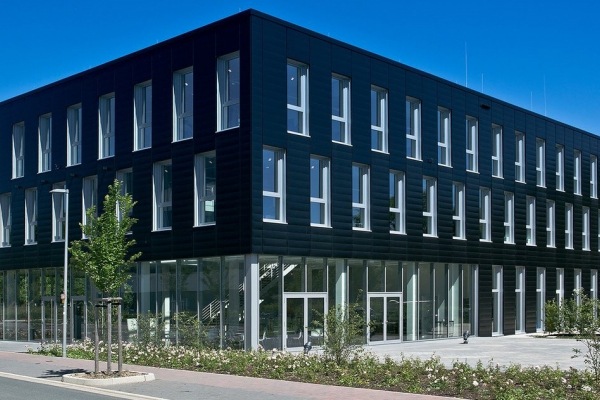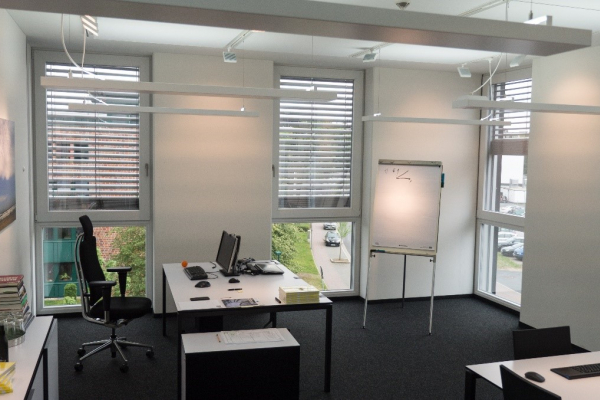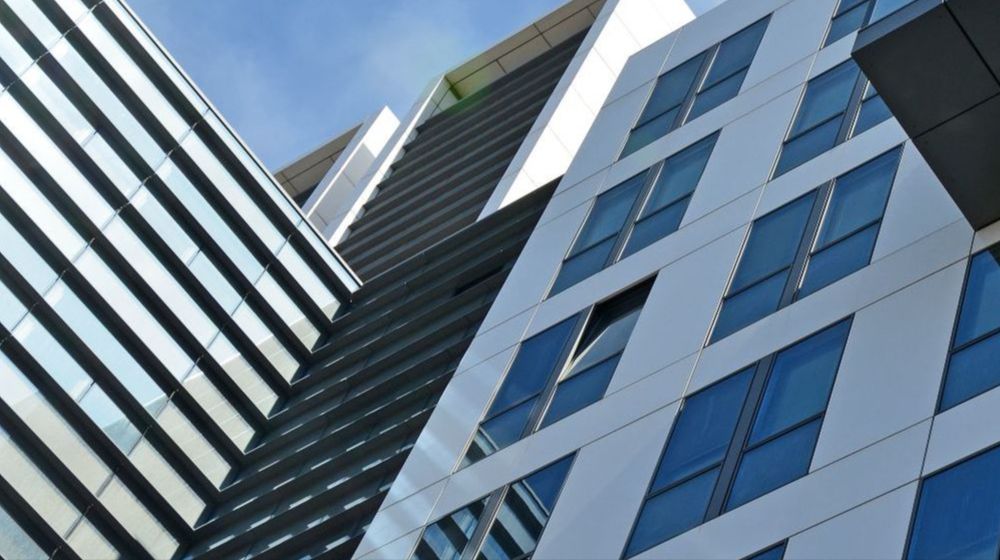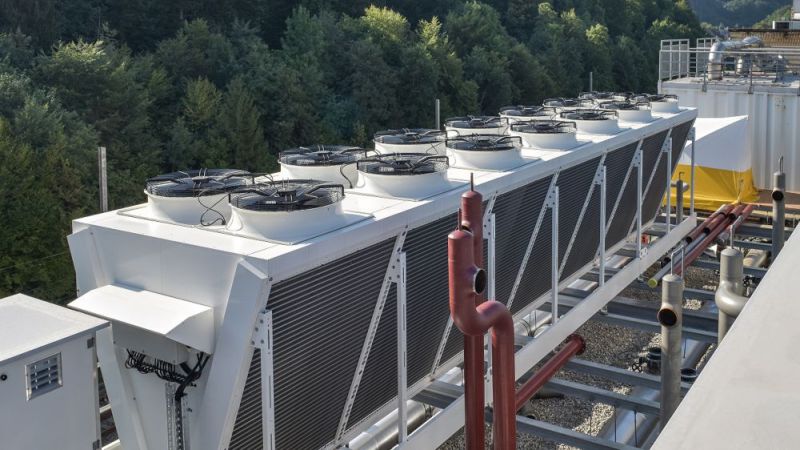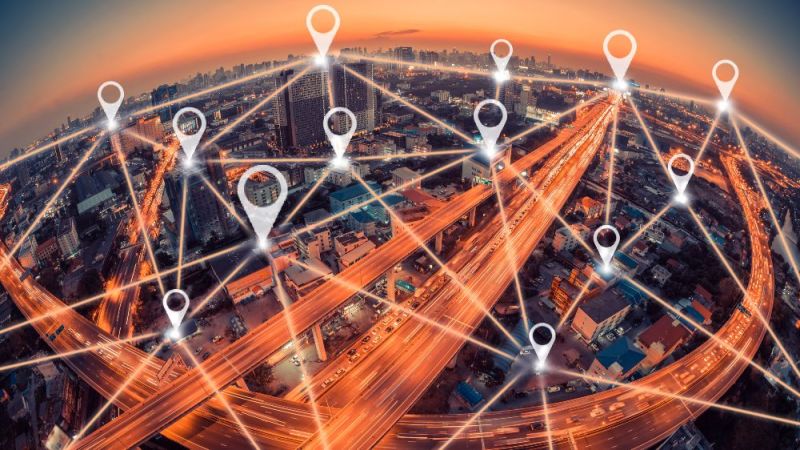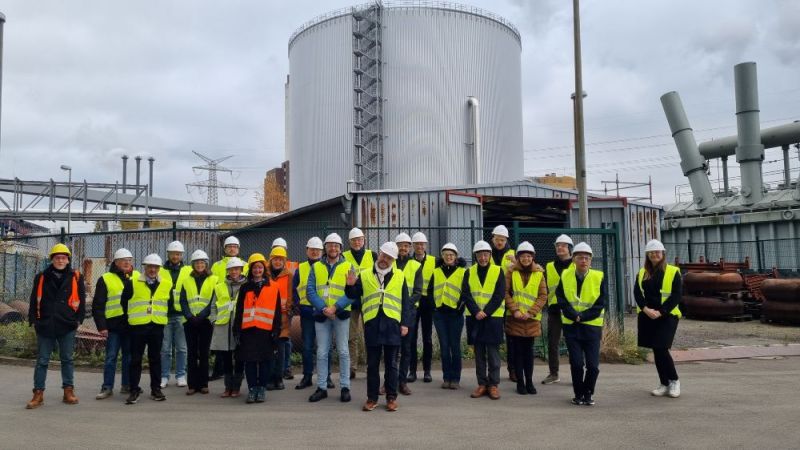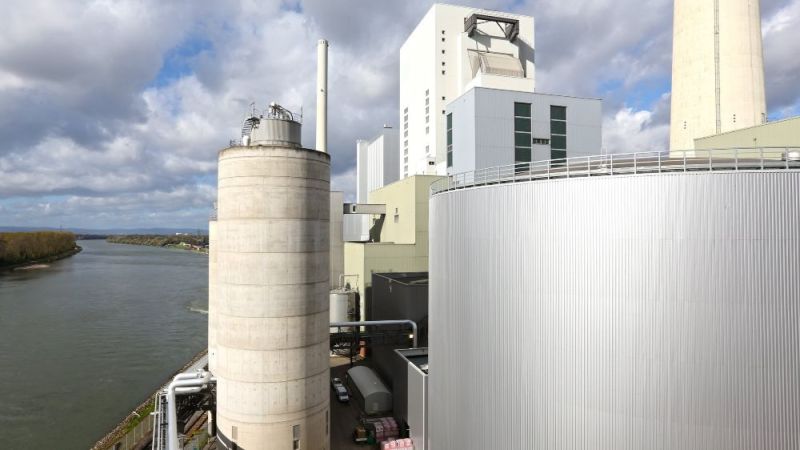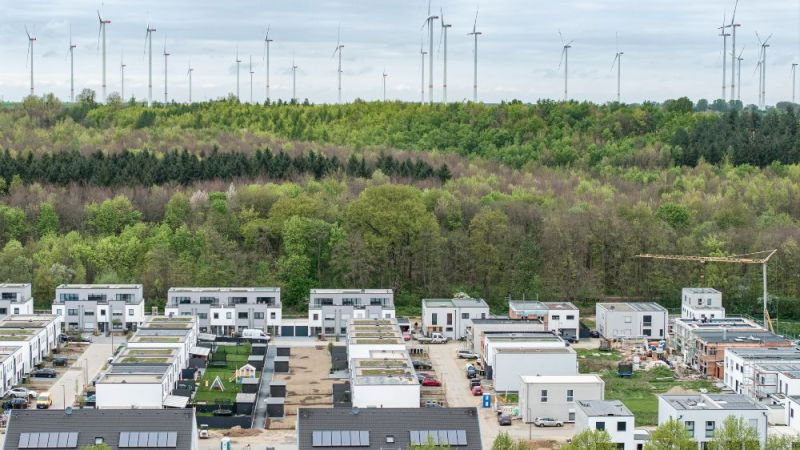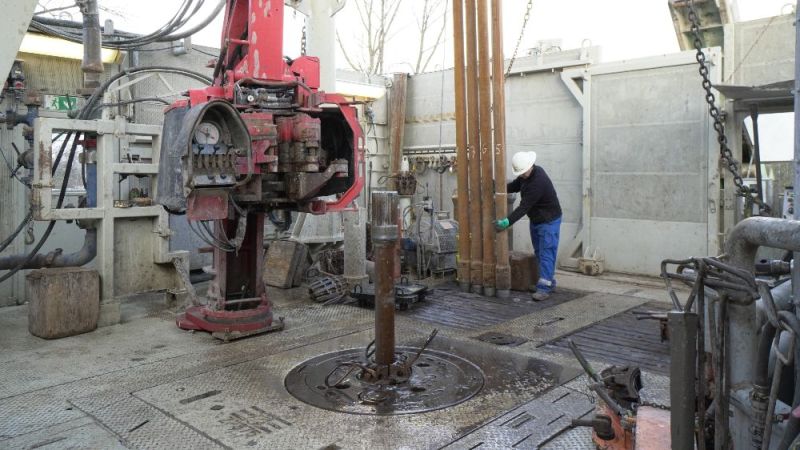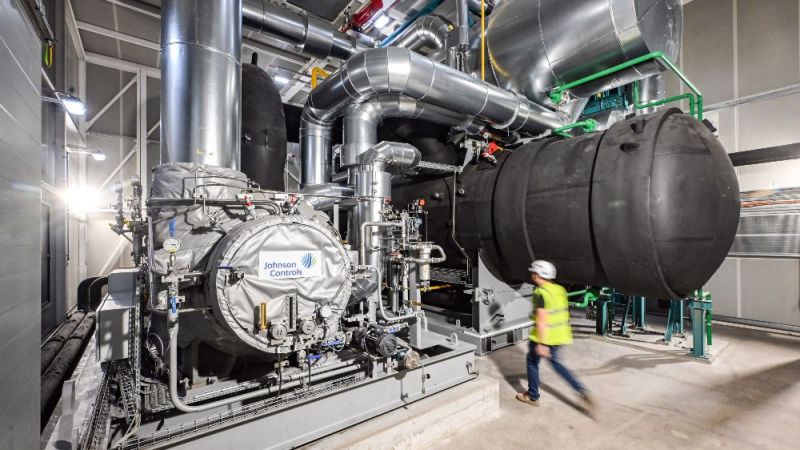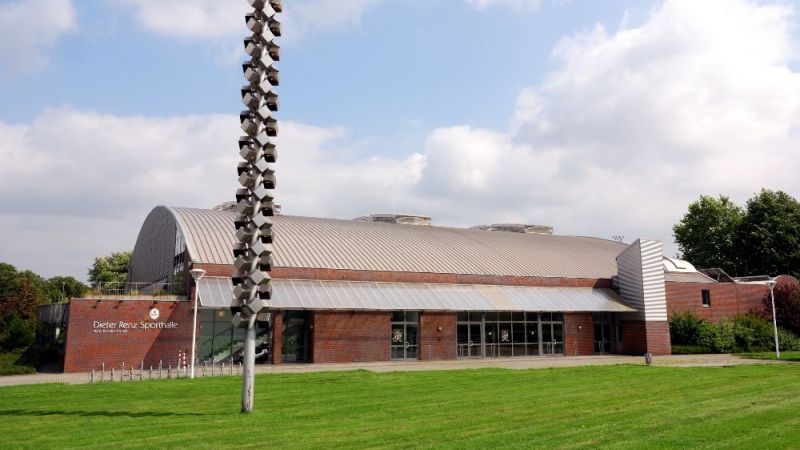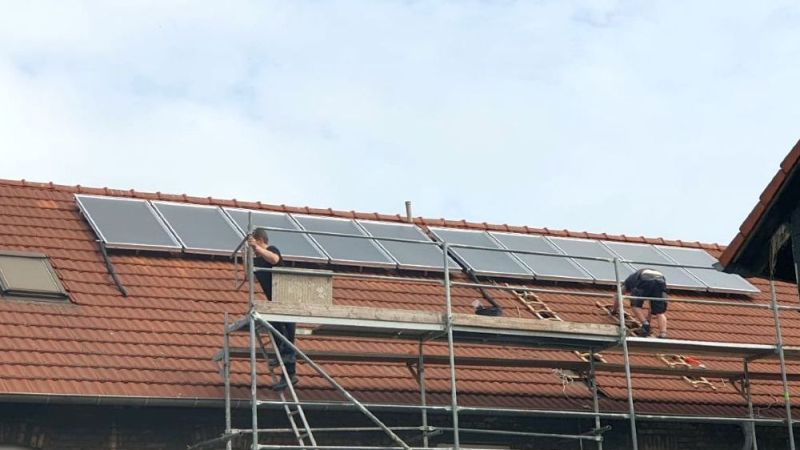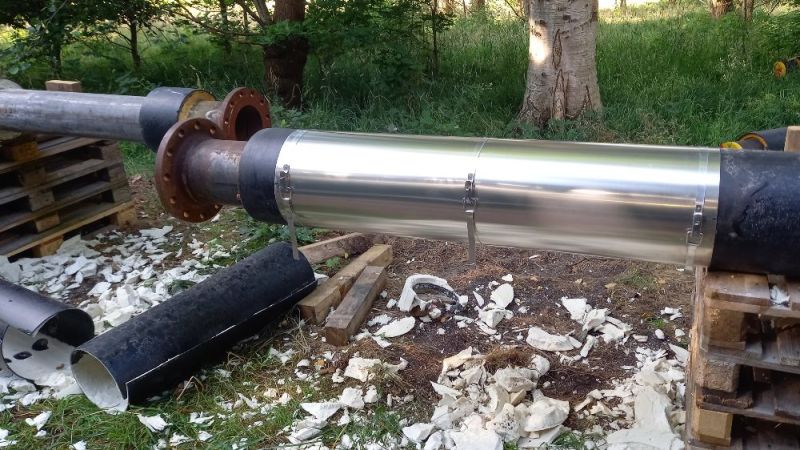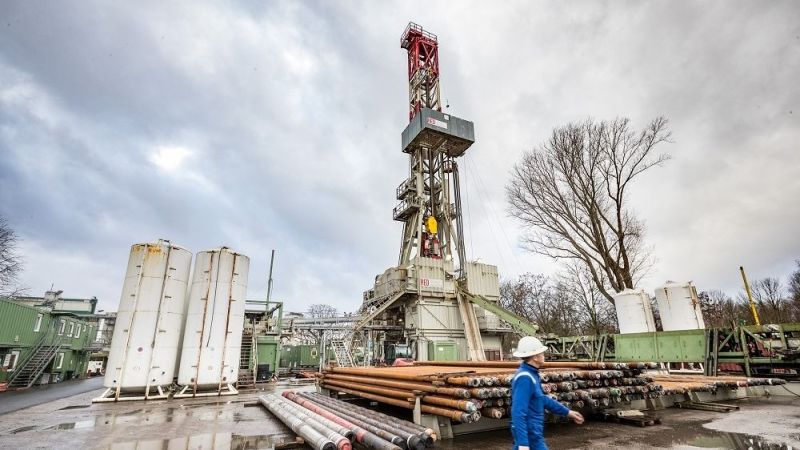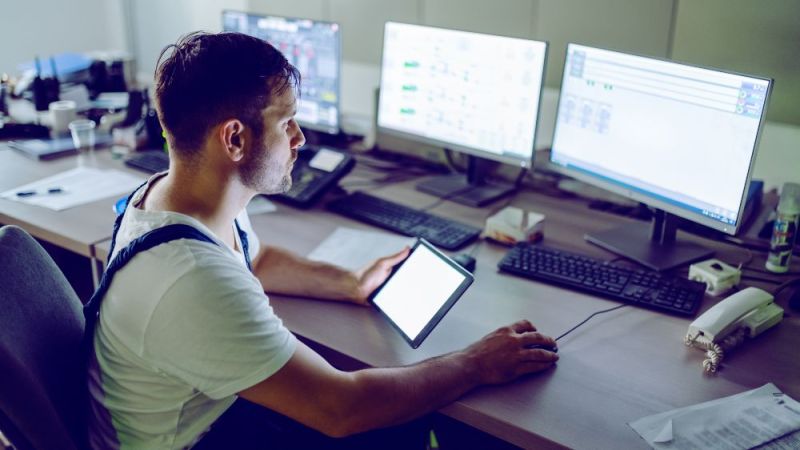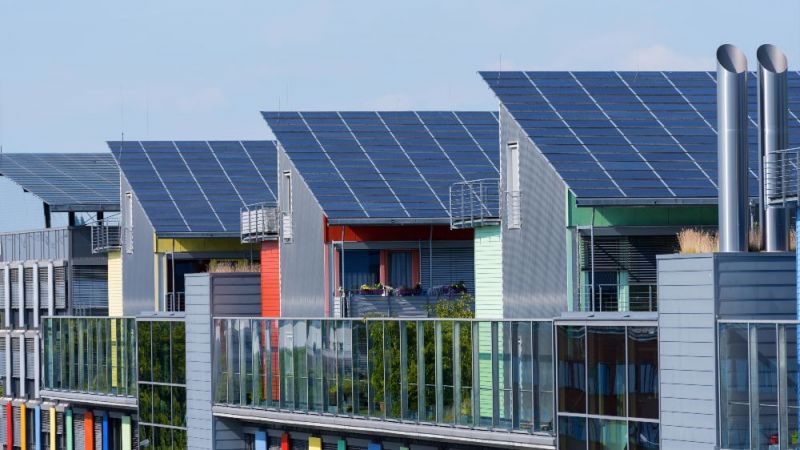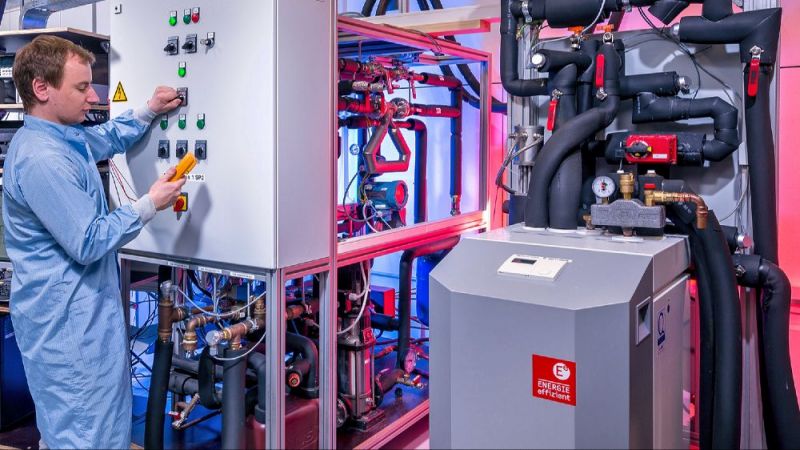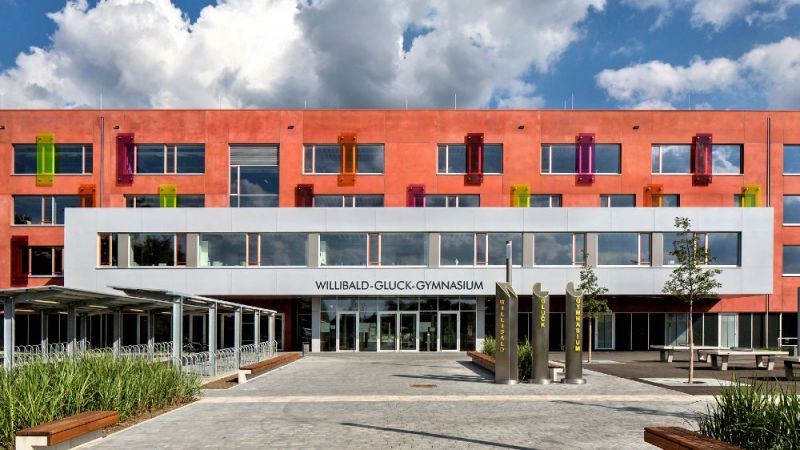
Conclusion of IEA Task on the Topic of Lighting
“Lighting Must be Designed with People in Mind”
Interview
energiewendebauen.de: When it comes to lighting in buildings, the requirements are sometimes contradictory. On the one hand, lighting should be as energy-efficient as possible, which requires a high level of technology. On the other hand, it shouldn’t be too high-tech because that could deter users. How do you strike the right balance here?
We know that people take in 80 to 90 % of information from the environment through their eyes. This indicates how important the visual environment is for people’s well-being and for their performance. To achieve an optimum lighting situation, both the constitution of an individual as well as their working environment must be taken into account. Today, tailor-made solutions should, for example, always include a good combination of electric lighting and daylighting. However, it goes without saying that the users and their requirements are always our main consideration – lighting must be designed with people in mind.
energiewendebauen.de: What requirements must user-centric lighting meet?
It is very important that users always have an option to intervene that is not too technologically complex. The ways in which people perceive and handle lighting are very individual. Scientists can use a statistical mean value, but usually there is a considerable variance. For example, some people like to work on screens in relatively dark environments, while others prefer very vivid, bright lighting. In field tests, for instance, test persons put tape on the sensors of automatic systems that they considered annoying. As a result, intended efficiency improvements through daylight-dependent control could become ineffective.
The IEA project: “Integrated Solutions for Daylighting and Electric Lighting”
Over the years, the IEA SHC programme (Solar Heating and Cooling Programme) has looked at various topics associated with lighting. It is one of the oldest collaborative research programmes established by the IEA. The first projects focused exclusively on the efficient use of daylight before branching out somewhat, starting with IEA SHC Task 50, which dealt with lighting solutions for retrofitting buildings. The most recent German-led project “IEA SHC Task 61 / EBC Annex 77 Integrated Solutions for Daylighting and Electric Lighting” ran from 2018 to 2021 and specifically addressed the interfaces between electric lighting and daylight. In the past, both were often treated as separate fields in research and industry – although people live and work in one all-encompassing world of light. The project objective was to foster the integration of daylight and electric lighting solutions to increase user satisfaction while at the same time improving energy efficiency. Some of the findings serve as a basis for standardization proposals at ISO level. The following countries participated in the project: Norway, Denmark, Austria, Sweden, Australia, Belgium, Brazil, Canada, China, Germany, Italy, Japan, the Netherlands, Poland, Slovakia, Switzerland, the USA. The project results can be found at https://task61.iea-shc.org/.
energiewendebauen.de: Are there any cultural differences?
Yes, there are differences between various corporate cultures as well as between different countries. In Japan, for example, there is a greater acceptance of technology and a different understanding of technology than in Central Europe, where people prefer being able to intervene in the technology themselves.
energiewendebauen.de: From Australia to North America – a total of 17 countries from four continents took part in the case studies. What’s your take on these?
Well to start with, there were very different climatic conditions. In addition, we were dealing with a wide variety of non-residential buildings that ranged from office buildings and sports venues to healthcare facilities. Furthermore, we covered a wide range of technologies in our investigations – from complex electronic LED technology right up to approaches to simplified daylight technology, where we tested new optical systems in façades that required little material and no longer had to follow the position of the sun. Our investigations showed that it is possible to reduce the final energy consumption for lighting in typical workspaces to 4 to 5 kilowatt hours per square metre and year – a standard building currently consumes 10 to 20. To achieve these low consumption values, however, all components must be optimized and wisely combined: architecture, façade planning, electric lighting, and good lighting management.
energiewendebauen.de: Why did it make sense to implement the project within the IEA’s international framework? What were the advantages of this?
Most developments in the field of lighting occur at international level, both in research and industry. The IEA platforms provide access to established networks of international experts. They all have their own national agenda, of course, but they work very closely together thanks to a shared work plan. Participants benefit considerably from the exchange of knowledge going beyond their own purview. The IEA serves as a key disseminator. In this case, Germany’s two funded institutions had access to the expertise of 35 others. The longevity of the SHC programme is also a clear advantage. Current lighting and energy efficiency issues had already been addressed in previous projects; the level of experience available is fairly unique in a fast-changing world. In addition, the programme has a well-established infrastructure for project organization and the dissemination of results. The IEA projects are definitely a hallmark that drives issues forward, opens doors, and generates attention.
energiewendebauen.de: Was there a project that particularly impressed you?
I was especially fascinated by a furniture company’s building in Germany. Those responsible successfully integrated daylight into the exhibition areas. This is rather uncommon in the retail sector because daylight conditions can be uncontrollable. This applies to the incidence of light as well as to the thermal situation. For example, it could get too dark or too warm in the retail space. Both employees and customers responded very well to the lighting solution in this building.
energiewendebauen.de: What role does daylight play for lighting in buildings?
We are trying to increasingly combine artificial lighting and daylighting solutions. This means that we are looking for integrated solutions that incorporate daylight into the workplace to a greater extent. In practice, this could be a sensor that would be installed directly at the workspace – in the user’s field of vision, so to speak. This sensor would detect and optimize electric lighting and daylight, including glare protection, at the same time – instead of separately, as was previously the norm with electric lighting on the ceiling and daylight on the façade. This would be made possible by new approaches to control technology, which are being driven forward by projects like ours. In practice, this development means that several manufacturers of blinds and light fittings, for example, are now collaborating across sectors to develop marketable integrated solutions.
energiewendebauen.de: What trends do you see in the field of lighting?
Until recently, workspaces were designed for illumination levels of 500 lux. In the early 2000s, another receptor was discovered in the eye that directly influences the human timing system, has an effect on the sleep hormone melatonin, and controls the diurnal rhythm. New findings of this kind lead to a considerable diversification of lighting specifications with regard to lighting level and light colour – and therefore spectral composition. I also see a lot of potential to save not only energy but also building material through new technologies. For example, by using leaner lighting designs or switchable glazing in combination with vacuum glass. Comprehensive, professional planning also plays an important role when it comes to efficiency. Using the assessment and planning tools developed as part of the project, we can make a major contribution to this.
Editorial comment: It will be possible to evaluate integrated lighting solutions using a new version of the DIALux Evo software, which is expected to be available in spring 2022 at https://www.dial.de/en/dialux/.
The interview was conducted by Birgit Schneider, science journalist at Project Management Jülich.
